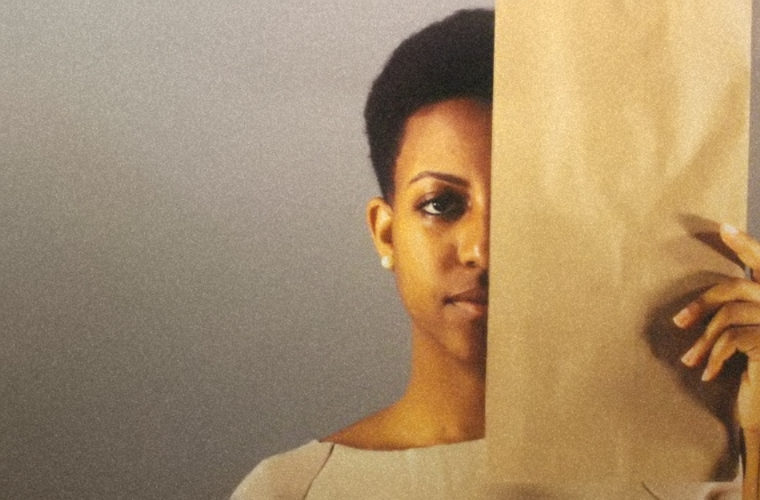Have you heard of the brown paper bag test? It was a practice that’s been documented in black fraternities and churches through much of the 20th century. Anyone whose skin was darker than a brown paper bag was denied entrance. It speaks to colorism, a hierarchy where even within the black community, lighter skin is valued over darker complexions.
I am a dark-skinned, black girl. All my life, I have received comments not just about my race, but specifically the shade of my skin. My classmates taunted me. I was compared to a gorilla. While walking down the hallway, I heard gorilla grunts behind my back.
When the teachers turned off the lights for presentations, often someone would joke, “Where’s Ashura? Where’s Ashura? She’s disappeared.” You can imagine — especially as a teenager — these comments cut me. They led me to believe in my own ugliness. Tears streamed down my face as I caked on lightning creams.
When I was 17 — and I was so sick of hating the sight of myself — I started to repeat affirmations. “You’re beautiful, your skin is beautiful, your skin holds history and power.” I didn’t believe these messages when I first said them. But after months of repetition — holding onto these words like they were a prayer — it came true. I looked in the mirror. I felt beautiful. I loved my skin — not in spite of its darkness. I saw the beauty melanin possessed.
We like to think that Jim Crow is ancient history, that nothing so backward as the brown paper bag test could happen today. But the legacy of colorism has a long reach. No one taught me how to undo this thinking. I had to dig deep within myself.

